
Case Study Sharing
Case sharing

Big news! The Nine-Headed Bird medical red-and-blue light device has received the National Medical Device Registration Certificate!
Release date:
2024-10-25 09:03
Source:


Recently, the flagship product of the Jiutouniao Medical Light Therapy Series— the red-and-blue light therapy device—has proudly received the National Medical Device Registration Certificate!

The Nine-Headed Bird Medical Red & Blue Light Therapy Device utilizes internationally advanced photobiomodulation technology. By combining specific wavelengths of red and blue light, it effectively boosts cellular activity, enhances blood circulation, and accelerates tissue repair. This therapy device is particularly well-suited for relieving muscle pain, improving skin conditions, and promoting wound healing—addressing a wide range of health needs while offering users a comprehensive and expert solution.
Throughout the product development process, Jiutouniao Medical has consistently adhered to rigorous quality control procedures—every step, from material selection to final product testing, is meticulously scrutinized. Earning the National Medical Device Registration Certificate this time not only validates the exceptional quality of Jiutouniao Medical’s products but also underscores its strong innovation capabilities in the medical field.
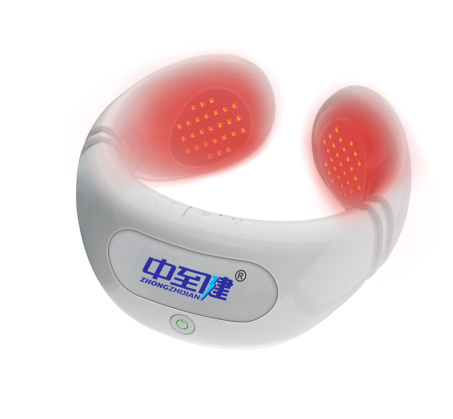
Nine-Headed Bird Red and Blue Light Therapy Device
The Nine-Headed Bird Red and Blue Light Neck Therapy Device has received National Class II Medical Device Certification, making it suitable for reducing inflammation, relieving pain, improving blood circulation, and providing supportive treatment for acne.
The product combines the two major advantages of red and blue light, helping to accelerate blood circulation and boost cellular metabolism. It has antibacterial and anti-inflammatory effects, helps relieve neck fatigue, improves skin condition, and reduces dizziness and headaches.
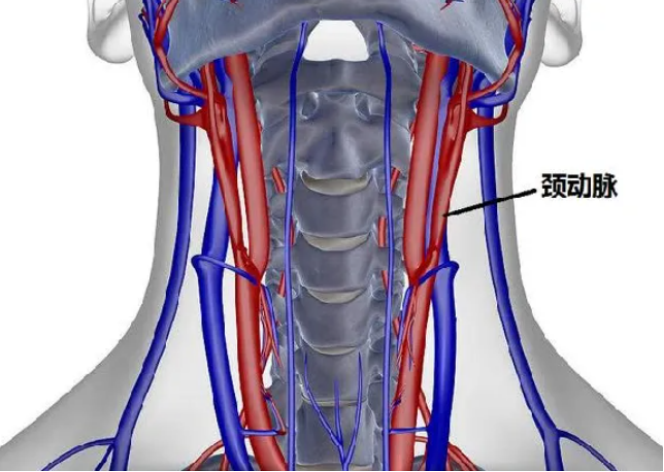
The human neck lies between the head, chest, and upper limbs. At the back, the neck is demarcated by the cervical vertebrae, separating it from the nape. Within the neck cavity are the cervical segments of the respiratory and digestive tracts, along with major blood vessels, nerves, and lymph nodes located on either side. This region serves as a critical pathway for communication between the brain and the rest of the body—and it’s also an essential route for blood circulation! In vertebrates, cerebral blood flow originates from two pairs of arteries: one pair of vertebral arteries and one pair of internal carotid arteries. 。
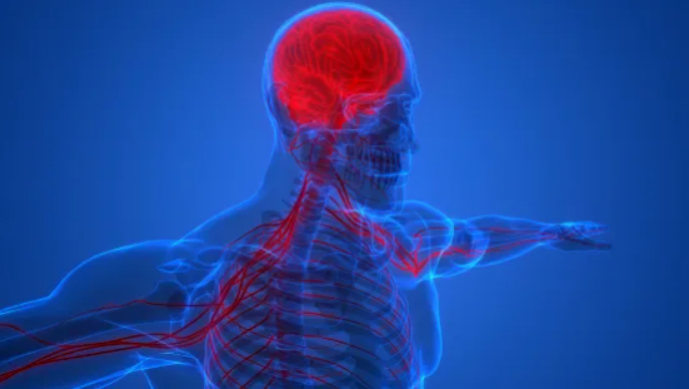
Patients who experience a stroke (or heart attack) often have lipid plaques of varying degrees in their carotid arteries (the major blood vessels throughout the body) prior to the event. Experts emphasize that 99% of cerebral embolisms are closely linked to carotid artery issues. Among patients identified with carotid plaque buildup, the risk of developing a stroke within 5 to 8 years rises dramatically to 62%. The Ministry of Health has prioritized carotid plaque screening as a key public health initiative for Chinese citizens. Because the carotid artery splits into multiple branches, it’s particularly prone to plaque formation and narrowing—especially in the internal carotid artery. Notably, plaque buildup and narrowing in the internal carotid artery typically precede similar changes in the brain’s blood vessels, making this artery a critical "window" and early warning system for potential cerebrovascular problems.
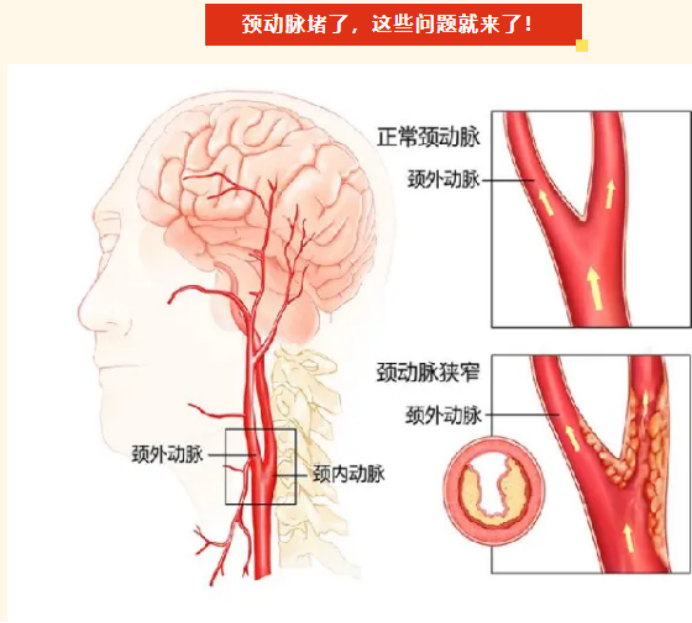
During treatment, the neck therapy device utilizes red light, which boasts deep penetration and the ability to activate cellular mitochondria. This significantly boosts the vitality and metabolism of human cells, thereby accelerating blood circulation, aiding in the removal of harmful substances from blood vessels, and effectively reducing blood viscosity. Such improvements are critically important for both preventing and treating cardiovascular and cerebrovascular diseases, as they can markedly lower the risk of heart and vascular conditions while enhancing patients' overall health and well-being.
Meanwhile, blue light leverages its unique wavelength advantage to target the skin's surface and shallow tissue layers, delivering therapeutic effects that help reduce inflammation, relieve pain, and further minimize the production of pain-inducing factors by modulating neurotransmitters and the endocrine system—ultimately providing patients with a more comfortable recovery experience.
Blocked blood circulation in the human neck affects more than just the neck itself—so boosting neck circulation and prioritizing neck care are crucial! Red and blue light can accelerate blood circulation, thereby addressing the health issues mentioned above. Red and blue light therapy is environmentally friendly, safe, painless, non-invasive, and comes with no side effects. Red and blue light therapy boasts exceptional reliability and effectiveness, making it worthy of our thorough exploration and widespread application. 。
The Nine-Headed Bird Medical Red and Blue Light Therapy Device, thanks to its advanced photobiomodulation technology, not only effectively alleviates symptoms of cardiovascular and cerebrovascular diseases but also boosts overall cellular activity in the human body, enhances blood circulation, strengthens the body's natural healing capabilities, and significantly reduces pain perception—providing a safe, efficient, and drug-free treatment option for countless patients.
Applications of Red and Blue Light
When it comes to healing wounds and skin conditions, most people naturally think of hormones and medications—hardly anyone would consider "light therapy," or even dare to believe that light could actually aid in wound healing. Yet, the truth is that NASA has already been leveraging this innovative approach for decades. Back in the 1980s, the U.S. space agency began using red-light technology to treat astronauts’ skin injuries and accelerate the recovery of both skin and bone tissues. Their research reports revealed that specific wavelengths of light can be converted into cellular energy, resonating with the absorption spectra of mitochondria in human tissue—and this resonance, in turn, boosts enzymatic reactions, spurring faster cell metabolism, activating skin vitality, and enhancing blood circulation. As a result, red and blue light therapies have evolved from their origins in manned space missions to become widely adopted in the medical field, thanks to their practicality and ease of use, eventually making them accessible for civilian applications as well.
The effect of red and blue light Using the treatment mechanism
Red light dissolves, clears, and unclogs: With a wavelength of 630nm, the red light primarily penetrates the human epidermis, reaching blood vessels directly at a depth of 3 to 5 centimeters beneath the skin. It works by breaking down enzymes that help dissolve waste products in the blood and clear away blood clots blocking vascular pathways. Once absorbed by the body, red light stimulates the activation of white blood cells and enhances the activity of phagocytic cells. This process effectively reduces inflammatory factors in areas prone to acne and joint inflammation. Additionally, when red light enters human cells, it is absorbed by mitochondria, boosting the activity of catalase—a key enzyme that boosts cellular metabolism and promotes self-repair. At the same time, red light increases glycogen levels within cells, enhances protein synthesis, and accelerates the breakdown of adenosine triphosphate, ultimately fostering robust cell regeneration and renewal.
The therapeutic mechanism of red light: Promotes blood circulation, improves blood viscosity, enhances the repair and oxygen-carrying capacity of red blood cells, and helps eliminate waste products and lipid substances from the body via metabolism.
Blue light reduces inflammation, swelling, and relieves pain: With a wavelength of 465nm, this device boasts strong penetrating power and high output—properties comparable to the UV rays from sunlight. However, when compared to the blue light naturally received by the human body from sunlight, the red-and-blue light therapy device delivers significantly more intense blue light during close-range exposure. In fact, its blue-light output is about 100 times stronger than the blue light found in natural sunlight. Typically, after just 3 to 5 minutes of treatment, the temperature begins to rise steadily, eventually peaking at around 40 degrees Celsius.
The therapeutic mechanism of blue light: Enhances leukocyte phagocytosis, reduces 5-HT levels, accelerates enzymatic reactions, and dissolves blood clots—resulting in effects such as anti-inflammation, antibacterial action, swelling reduction, pain relief, and accelerated wound healing.
Red and Blue Light Therapy and Its Clinical Applications
The book "LED Red and Blue Light Therapy and Its Clinical Applications," edited by Zhu Ping and Zhao Zongping, has been published by China Science and Technology Press. This book provides a detailed explanation of the principles, clinical applications, and related research findings of LED red-and-blue light therapy.

Red and Blue Light Therapy Report:
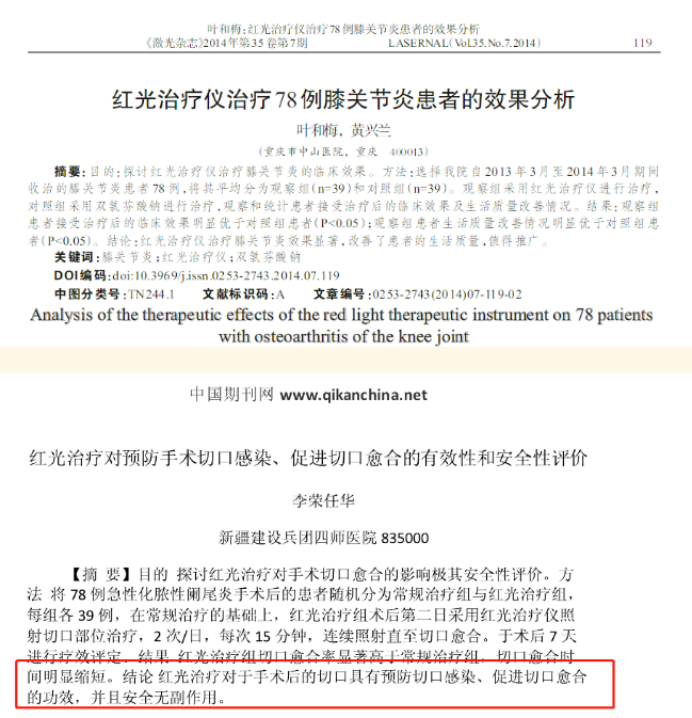
The Nine-Headed Bird Red & Blue Light Neck Therapy Device fits perfectly around your neck, freeing up your hands so you can use it anytime, anywhere—whether you're driving, enjoying a movie, or taking a break at work, all with complete peace of mind!

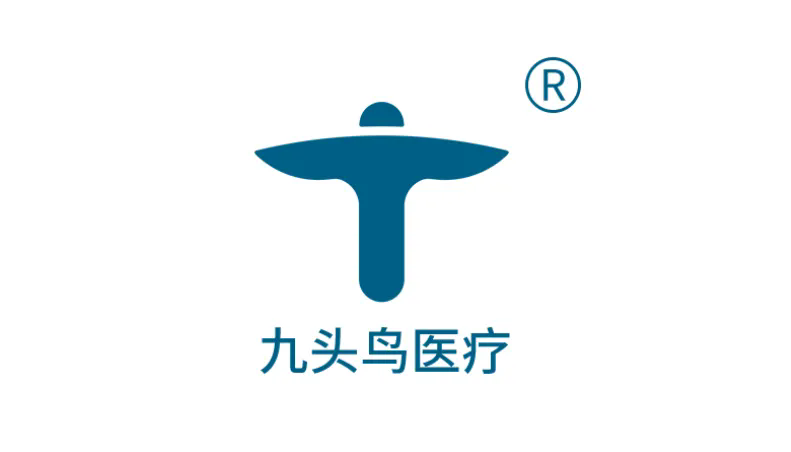
Country, Blu-ray, neck, human body, cells, therapy, blood circulation, promote, treatment device, red light
